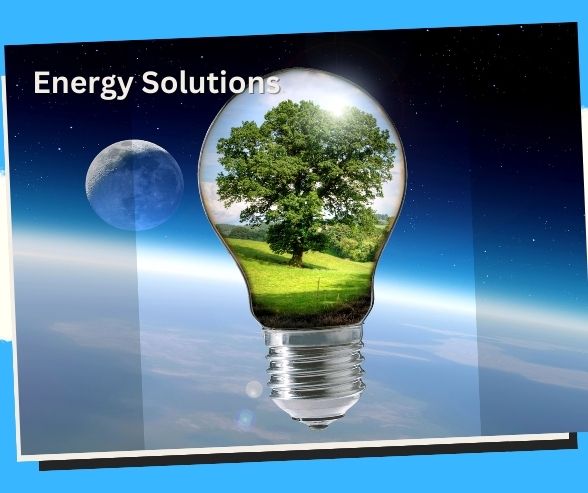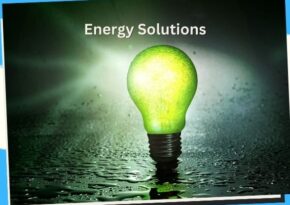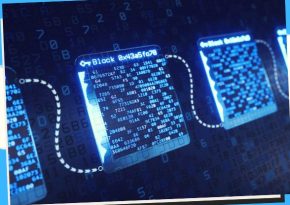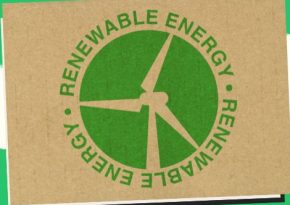
🌆⚡️ Urban Evolution: Integrating Piezoelectric Systems in Infrastructure!
Illuminate infrastructure with the power of piezoelectricity! Unleash the potential of integration, transforming structures into energy sources and advancing sustainable urban development. 🌆⚡️ #PiezoelectricIntegration #UrbanDevelopment #SustainableCities
Harmonizing Vibrations: The Integration of Piezoelectric Systems into Infrastructure 🔌🏗️
In pursuing sustainable and innovative infrastructure, a silent revolution is taking place that harnesses the power of vibrations in our built environment. Integrating piezoelectric systems into infrastructure represents a paradigm shift, turning the very movements and vibrations around us into a renewable energy source. This groundbreaking technology promises to revolutionize how we power our cities and structures.
Unveiling the Power of Piezoelectric Systems in Infrastructure
Piezoelectricity, the ability of certain materials to generate an electric charge in response to mechanical stress, is harnessed within the surrounding structures. By embedding piezoelectric materials into roads, bridges, buildings, and even sidewalks, we are tapping into an inexhaustible energy source—vibrations.
These systems convert the mechanical energy produced by footsteps, vehicular movements, or structural vibrations into electrical energy, contributing to a sustainable and renewable power supply.
Transforming Infrastructure into Energy Generators
Integrating piezoelectric systems into infrastructure signifies a transformative approach to energy generation. Imagine sidewalks generating electricity from the footsteps of pedestrians or highways, capturing the energy produced by passing vehicles. This innovative technology allows us to harness previously untapped energy sources in our urban environments.
Beyond merely supporting power needs, these systems have the potential to supplement grid power, easing the strain on traditional energy sources and reducing our carbon footprint.
Advantages and Applications
The advantages of piezoelectric integration in infrastructure are manifold. Not only does it enable the generation of clean energy, but it also enhances the sustainability and resilience of our built environment.
The applications are diverse, from powering streetlights and traffic signals to providing energy for sensors and monitoring systems within structures. Moreover, these systems offer a low-maintenance and reliable energy source, making them particularly valuable in remote or off-grid areas where traditional power sources might be scarce.
Challenges and Innovations
Despite the immense potential, integrating piezoelectric systems into infrastructure poses challenges. Ensuring these systems’ durability, efficiency, and cost-effectiveness remains a primary concern. Innovators continually refine materials and designs to maximize energy conversion, ensuring longevity and cost efficiency.
Moreover, standardizing the installation and implementation of piezoelectric systems in various infrastructure projects presents logistical challenges. However, ongoing research and collaborative efforts aim to address these hurdles, driving the evolution of this technology.
Urban Development and Sustainable Cities
In the context of urban development, the integration of piezoelectric systems aligns perfectly with the concept of smart and sustainable cities. As urban centers strive to become more energy-efficient and environmentally friendly, embedding energy-harvesting technologies into the very fabric of the cityscape becomes imperative.
By transforming infrastructure into energy generators, cities can move closer to self-sufficiency in power generation, reducing dependency on centralized energy sources and fostering a more resilient urban ecosystem.
Environmental Impact and Sustainability
Piezoelectric systems in infrastructure contribute significantly to sustainability efforts. By generating clean energy from ambient vibrations, these systems reduce the reliance on fossil fuels, mitigating greenhouse gas emissions and combating climate change.
Furthermore, the durability and longevity of these systems contribute to the long-term sustainability of infrastructure, aligning with the principles of responsible and eco-friendly urban development.
Economic Viability and Future Prospects
The economic viability of piezoelectric systems is crucial to their widespread adoption. While initial installation costs may pose a challenge, the long-term benefits of reduced operational expenses and a sustainable energy supply are promising.
Looking ahead, the prospects for piezoelectric integration into infrastructure are optimistic. As technology advances, costs decrease, and awareness grows, these systems are expected to become more prevalent in various construction and urban development projects.
Collaboration and Policy Support
Realizing the full potential of piezoelectric systems in infrastructure requires collaborative efforts across industries. Collaboration between engineers, material scientists, urban planners, and policymakers is crucial for driving innovation, standardizing installations, and establishing guidelines and incentives for their incorporation into infrastructure projects.
Government support in the form of policies, grants, and incentives plays a pivotal role in encouraging investments and accelerating the adoption of piezoelectric technologies in infrastructure.
Conclusion
Integrating piezoelectric systems into infrastructure marks a significant leap toward sustainable and smart cities of the future. By harnessing ambient vibrations and converting them into clean energy, we are reshaping the very essence of our built environment.
As these technologies mature and become more accessible, they hold the potential to not only power our cities but also redefine our approach to urban development. Incorporating piezoelectricity into infrastructure is more than an innovation; it’s a testament to our ability to harness the inherent energy surrounding us and shape a more sustainable future. 🔌🏗️
Key Phrases:
- Piezoelectric systems in infrastructure
- Vibration-based energy harvesting
- Harnessing vibrations for power generation
- Integration of piezoelectricity in buildings
- Sustainable infrastructure with piezoelectricity
- Infrastructure-based energy harvesting
- Piezoelectric materials in construction
- Urban development and piezoelectric systems
- Advantages of piezoelectric technology
- Challenges in integrating piezoelectricity
Best Hashtags:
- #PiezoelectricInfrastructure
- #VibrationHarvesting
- #RenewableBuildings
- #PiezoPowerGeneration
- #SustainableInfrastructure
- #VibrationEnergyHarvesting
- #SmartCitiesTech
- #EnergyFromVibrations
- #PiezoMaterials
- #InnovativeConstruction
Save/Share this story with QR CODE
Disclaimer
This article is for informational purposes only and does not constitute endorsement of any specific technologies or methodologies and financial advice or endorsement of any specific products or services.
📩 Need to get in touch?
Feel free to Email Us for comments, suggestions, reviews, or anything else.
We appreciate your reading. 😊Simple Ways To Say Thanks & Support Us:
1.) ❤️GIVE A TIP. Send a small donation thru Paypal😊❤️
Your DONATION will be used to fund and maintain NEXTGENDAY.com
Subscribers in the Philippines can make donations to mobile number 0917 906 3081, thru GCash.
3.) 🛒 BUY or SIGN UP to our AFFILIATE PARTNERS.
4.) 👍 Give this news article a THUMBS UP, and Leave a Comment (at Least Five Words).
AFFILIATE PARTNERS

World Class Nutritional Supplements - Buy Highest Quality Products, Purest Most Healthy Ingredients, Direct to your Door! Up to 90% OFF.
Join LiveGood Today - A company created to satisfy the world's most demanding leaders and entrepreneurs, with the best compensation plan today.



 Business Technology, Finance Technology & Information Technology
Business Technology, Finance Technology & Information Technology





